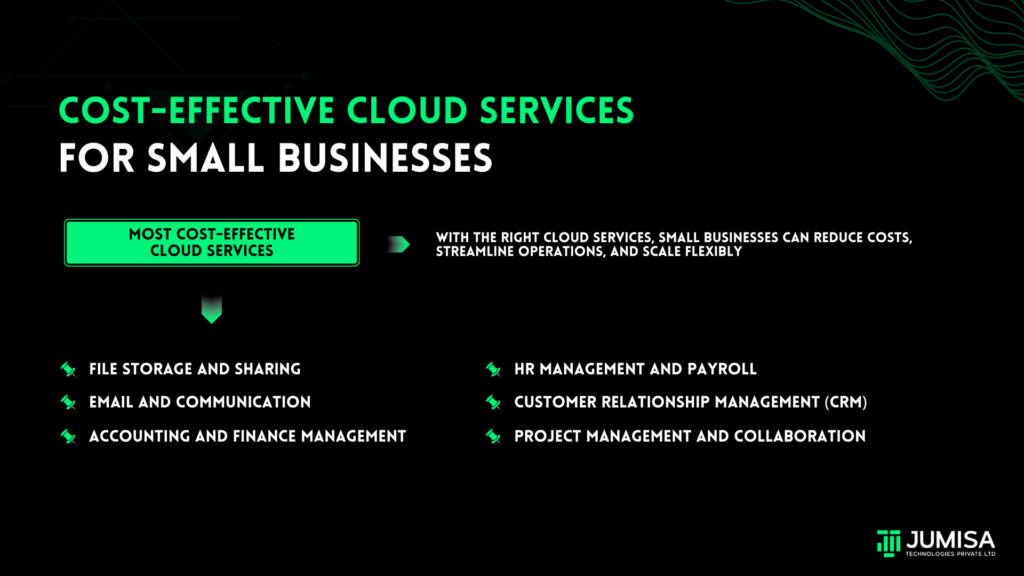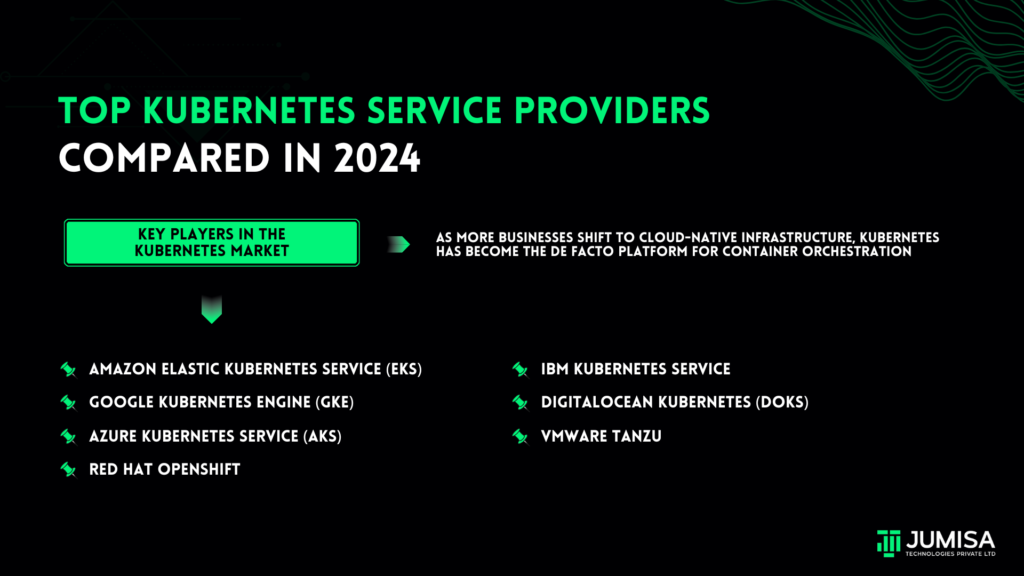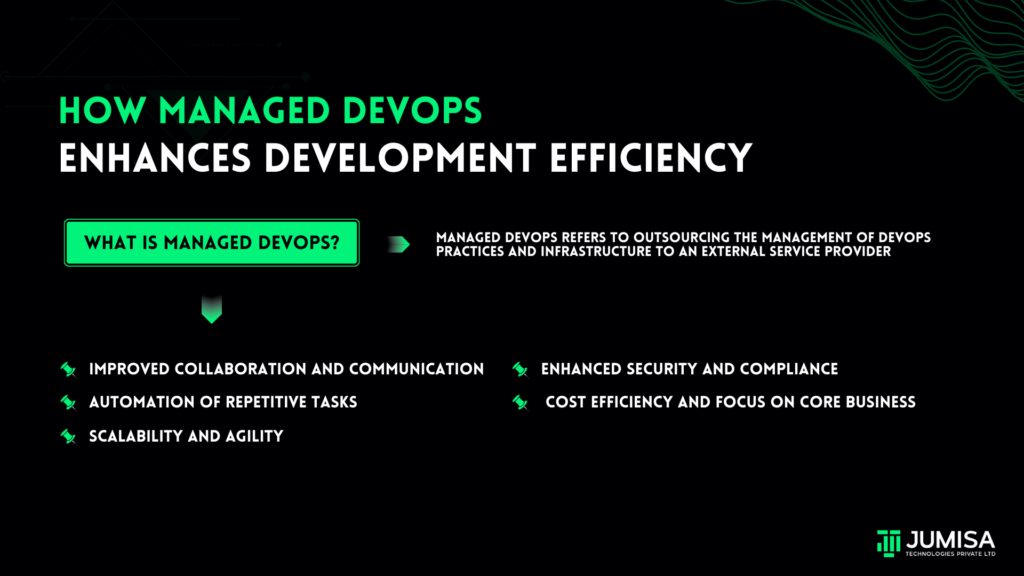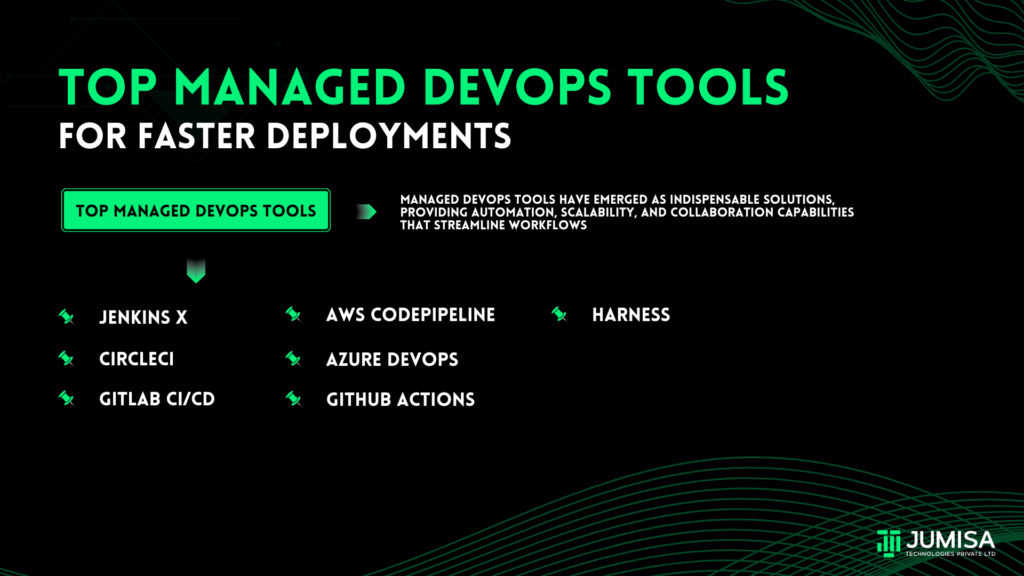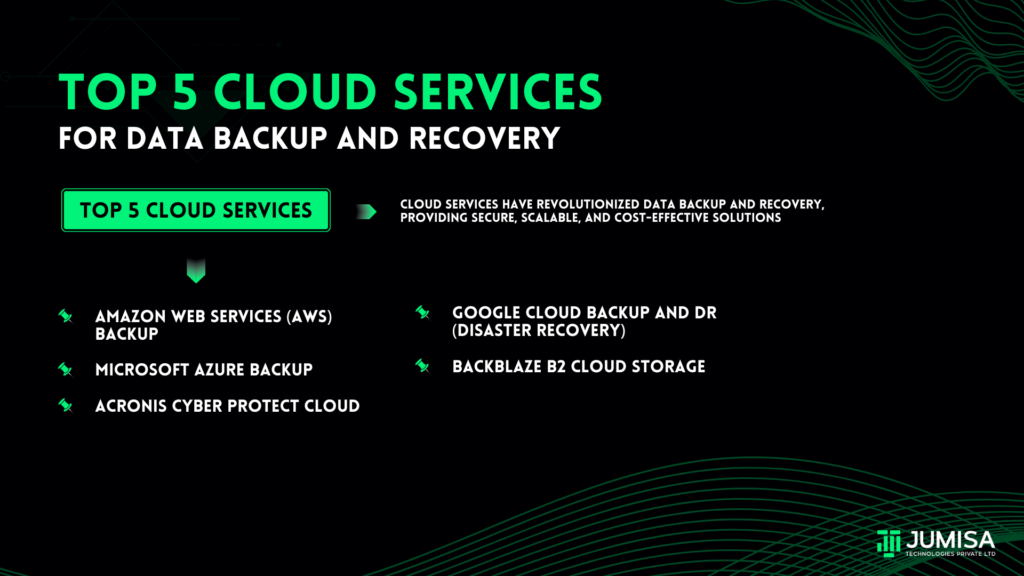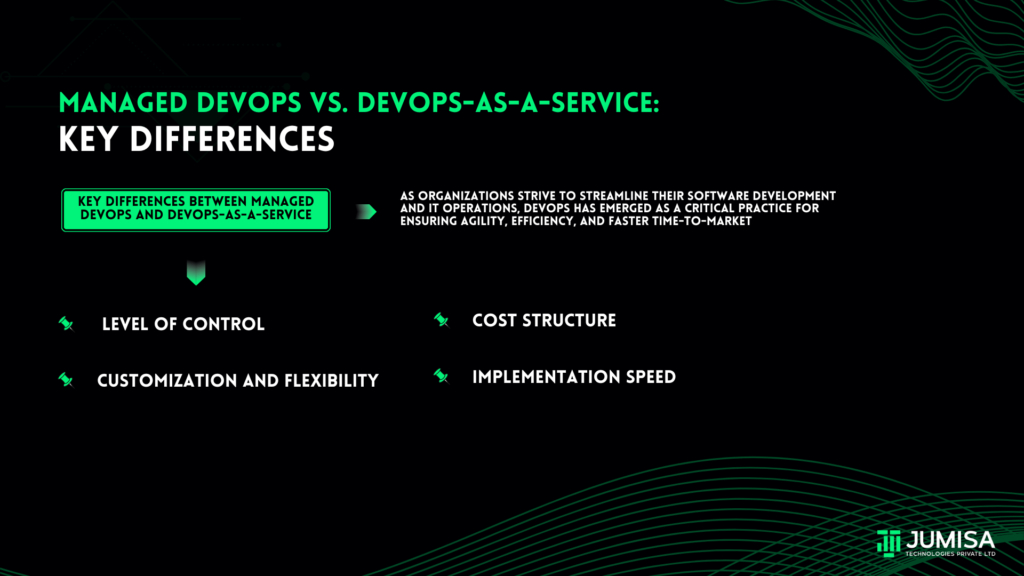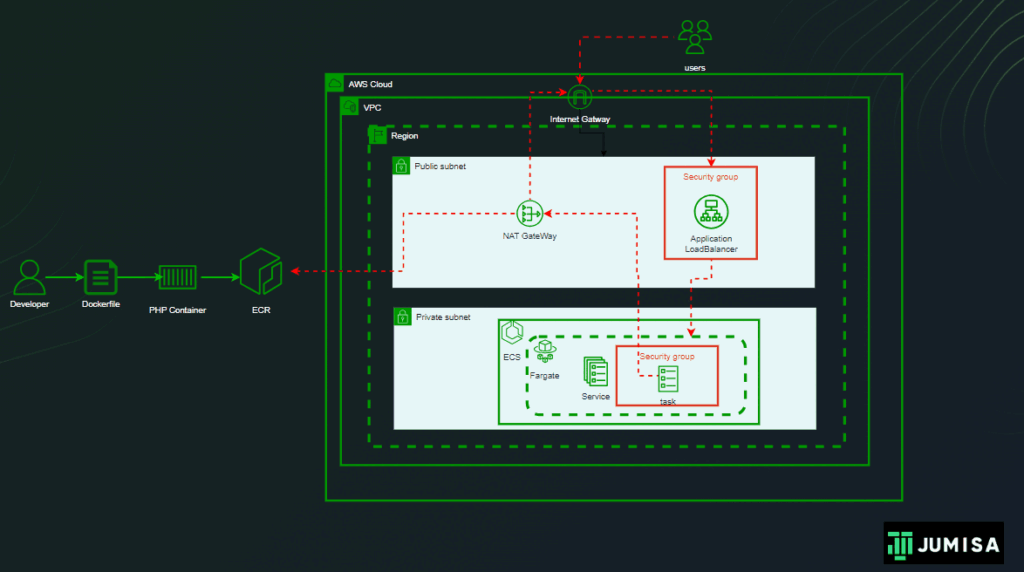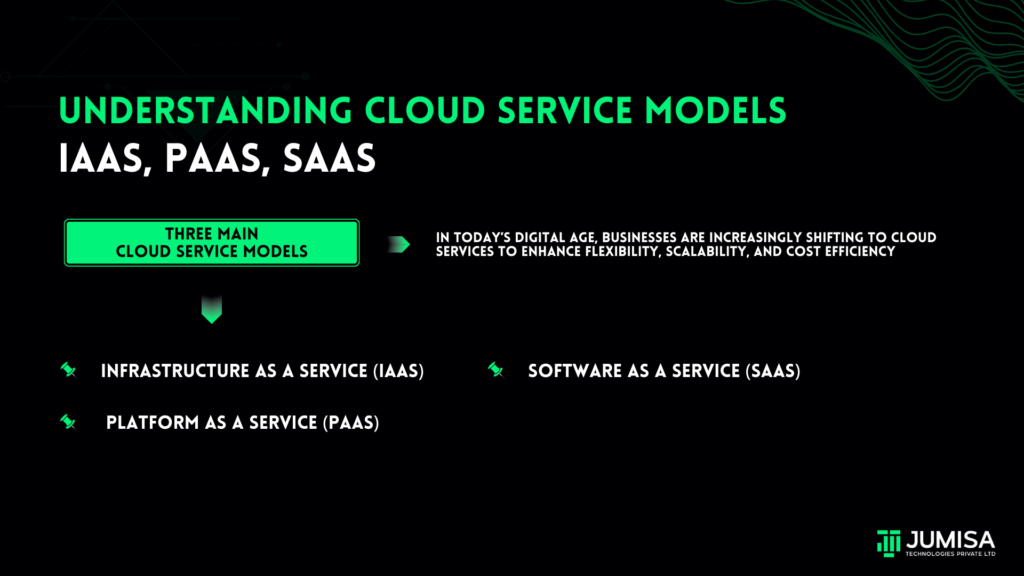
In today’s digital age, businesses are increasingly shifting to cloud services to enhance flexibility, scalability, and cost efficiency.
However, with a variety of cloud service models available, choosing the right one can be challenging.
The three main cloud service models—Infrastructure as a Service (IaaS), Platform as a Service (PaaS), and Software as a Service (SaaS)—offer distinct benefits and cater to different business needs.
Understanding these models can empower organizations to make informed decisions about which option best aligns with their goals.
1. Infrastructure as a Service (IaaS)
IaaS is the most foundational level of cloud services, providing virtualized computing resources over the internet. This model offers storage, networking, and servers as a virtualized environment, allowing businesses to bypass the costs and complexities associated with purchasing and maintaining physical infrastructure.
Features of IaaS:
– Flexible resources: Businesses can scale their resources up or down depending on their needs, paying only for what they use.
– Self-service management: Organizations can manage their infrastructure via an interface without needing to maintain physical equipment.
– Cost-effective: The pay-as-you-go model allows companies to reduce upfront capital expenditure and invest resources more efficiently.
Common Use Cases:
- Testing and development: Developers can quickly create environments for testing applications and remove them when done, all without infrastructure overhead.
- Website hosting: IaaS offers a scalable, reliable infrastructure for hosting high-traffic websites.
- Storage, backup, and recovery: Businesses can store, backup, and recover data easily on IaaS platforms.
Examples of IaaS Providers:
- Amazon Web Services (AWS): Offers a range of services, including computing, storage, and networking.
- Microsoft Azure: Provides a hybrid model, allowing users to integrate their on-premises infrastructure.
- Google Cloud Platform: Known for its machine learning and data analytics capabilities.
With IaaS, companies retain control over their applications, middleware, and operating systems, making it a suitable option for businesses seeking flexibility in infrastructure management without the hardware expenses.
2. Platform as a Service (PaaS)
PaaS offers a middle ground between IaaS and SaaS. It provides a development and deployment platform, enabling developers to build, test, and deploy applications without worrying about the underlying infrastructure. In essence, PaaS provides an environment for developers to create software applications efficiently.
Features of PaaS:
- Application development tools: PaaS offers tools and frameworks to streamline coding, testing, and deploying applications.
- Database management: Developers can leverage pre-configured database solutions, saving time on setup.
- Middleware: PaaS providers include middleware, which enables application communication, simplifying complex app development.
Common Use Cases:
- Web app development: PaaS is commonly used to create, test, and deploy web applications swiftly.
- Mobile app development: The platform offers a streamlined way for developers to create mobile apps that integrate with cloud services.
- Business analytics: PaaS provides tools for data analysis, allowing businesses to harness insights from their data in real-time.
Examples of PaaS Providers:
- Heroku: A platform that enables rapid deployment and scaling of applications.
- Google App Engine: Allows developers to build scalable applications with minimal management.
- Microsoft Azure App Services: A collection of cloud services tailored for app development and deployment.
PaaS empowers businesses to focus on application development and innovation by handling infrastructure maintenance and management. Developers benefit from faster project completion and lower operational burdens, making it ideal for those who want to concentrate on app creation without the added complexities of server management.
3. Software as a Service (SaaS)
SaaS is a software distribution model that provides applications over the internet, eliminating the need for installation and maintenance on individual devices. Users can access these applications through a web browser, making SaaS the most accessible model for organizations looking to use ready-made applications.
Features of SaaS:
- Subscription-based pricing: SaaS services often operate on a subscription model, enabling predictable budgeting.
- Automatic updates: Providers manage software updates, ensuring users always have the latest features.
- Accessibility: Users can access SaaS applications from any device with internet connectivity, enhancing mobility.
Common Use Cases:
- Email and collaboration tools: SaaS is ideal for collaboration platforms like Google Workspace and Microsoft Office 365, where users can access tools anytime, anywhere.
- Customer relationship management (CRM): Salesforce and HubSpot are examples of CRM software that help companies manage customer interactions.
- Enterprise resource planning (ERP): SAP and Oracle offer SaaS ERP solutions to manage business processes like accounting, HR, and supply chain.
Examples of SaaS Providers:
- Salesforce: A widely-used CRM solution that helps businesses manage customer relationships.
- Zoom: A SaaS video conferencing platform used globally for virtual meetings.
- Dropbox: A file storage and sharing platform that provides easy data access and collaboration features.
For organizations prioritizing convenience, SaaS simplifies software management by handling all infrastructure, application updates, and security on the provider’s end. This model is perfect for businesses looking for off-the-shelf software solutions with minimal setup.
Each cloud model has unique benefits, and understanding these differences helps businesses align their strategies with the right solution. While IaaS is ideal for companies needing infrastructure control, PaaS is perfect for app developers, and SaaS is best suited for businesses seeking easily accessible software solutions.
Conclusion
Understanding the differences between IaaS, PaaS, and SaaS is key to making effective cloud strategy decisions. Each model offers distinct advantages depending on organizational needs. IaaS provides flexible infrastructure, PaaS empowers developers, and SaaS offers accessible applications for everyday use. By carefully assessing these options, organizations can select a model that best supports their goals, enhancing productivity and scalability in a rapidly evolving digital landscape.

